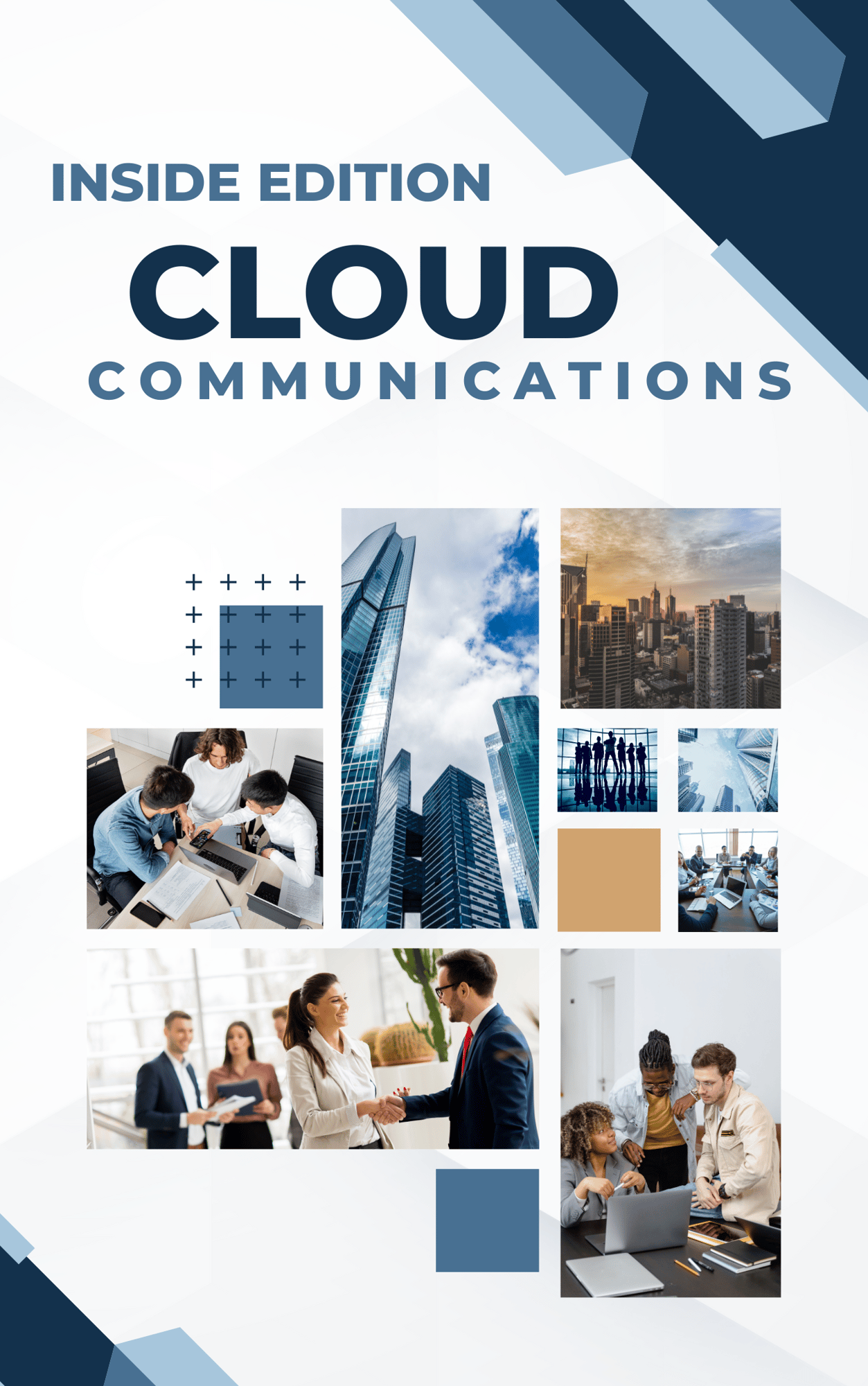Phishing has always posed a threat, but with AI it has become more insidious than ever. Enter Phishing 2.0: a smarter, more convincing, and increasingly difficult to detect threat.
Recent studies reveal a concerning 60% rise in AI-driven phishing attacks, signaling an urgent need for vigilance. Here’s how AI amplifies phishing and steps you can take to safeguard yourself.
The Evolution of Phishing
Phishing initially involved mass emails that were often riddled with crude grammar, spelling errors, and obvious falsehoods, making them relatively easy for recipients to detect and dismiss as fraudulent. These early phishing attempts typically lacked sophistication and were characterized by their generic nature, often sent out in bulk to thousands of potential victims in the hope that a small percentage might fall for the scam. However, the landscape of phishing has dramatically evolved as attackers now leverage advanced AI technologies to craft highly persuasive and sophisticated messages. These AI-driven messages are meticulously designed to mimic genuine communication styles, incorporating nuanced language and personalized details that make them appear authentic and credible.
How AI Enhances Phishing
- Creating Realistic Messages: AI analyzes vast datasets to replicate human writing and speech patterns, producing convincing phishing messages that seem authentic and credible.
- Personalized Attacks: By mining social media and other sources, AI tailors messages with specific details about targets' lives, increasing believability and effectiveness.
- Spear Phishing: AI enables precise targeting of individuals or organizations, crafting highly tailored messages that evade detection more effectively than ever before.
- Automated Phishing: Automated by AI, phishing campaigns can rapidly dispatch thousands of messages and adjust tactics based on recipient responses, persistently increasing success rates.
- Deepfake Technology: Utilizing AI-generated deepfakes, attackers create convincing fake videos and audio, enhancing the deception and effectiveness of phishing attempts.
The Impact of AI-Enhanced Phishing
- Increased Success Rates: AI-driven tactics heighten phishing effectiveness, leading to higher incidences of data breaches, financial losses for companies, and identity theft for individuals.
- Harder to Detect: Traditional detection methods struggle against AI-boosted attacks, with many slipping past spam filters and employees' scrutiny, allowing attackers to succeed more frequently.
- Greater Damage: Personalized AI phishing can result in significant data breaches and operational disruptions, amplifying the severity of cyber threats.
How to Protect Yourself
-
Be Skeptical: Question unsolicited messages, even if they seem to originate from trusted sources. Verify identities and avoid clicking on links or downloading attachments from unknown senders.
-
Check for Red Flags: Look for signs like generic greetings, urgent language, or requests for sensitive information that indicate phishing attempts.
-
Use Multi-Factor Authentication (MFA): Employ MFA to add an extra layer of security, reducing the risk of unauthorized access even if passwords are compromised.
-
Educate Yourself and Others: Stay informed about phishing tactics and share knowledge to enhance awareness and prevention efforts.
-
Verify Requests: Never disclose sensitive information via email; confirm requests through trusted communication channels.
-
Use Advanced Security Tools: To effectively combat the sophisticated nature of AI-driven phishing attacks, it is crucial to invest in a comprehensive suite of advanced security tools. Start by deploying robust anti-phishing software that can detect and neutralize threats before they reach your inbox. It is equally important to implement intelligent email filters that can identify and block suspicious messages. Ensure that all security measures are consistently updated to address new vulnerabilities and adapt to emerging threats.
-
Report Incidents: Promptly report phishing attempts to IT teams or email providers to bolster overall security defenses.
-
Implement Email Authentication: Enable protocols like SPF, DKIM, and DMARC to safeguard against email spoofing and fortify your email security.
-
Regular Audits: Conduct periodic and comprehensive security audits to thoroughly examine your systems and processes. These audits should involve a detailed assessment of your network infrastructure, software applications, and data management practices to identify any potential vulnerabilities. By proactively uncovering weaknesses, you can implement necessary security measures to strengthen your defenses. Regular audits also help evaluate the effectiveness of existing security protocols and ensure your company's compliance with industry standards.
Need Help with Safeguards Against Phishing 2.0?
Phishing 2.0, empowered by AI, demands heightened awareness and proactive defenses. Consider reviewing your email security protocols to fortify protection against evolving cyber threats. Contact us today to schedule a chat about phishing safety.

Aug 28, 2024 10:30:00 AM





Comments